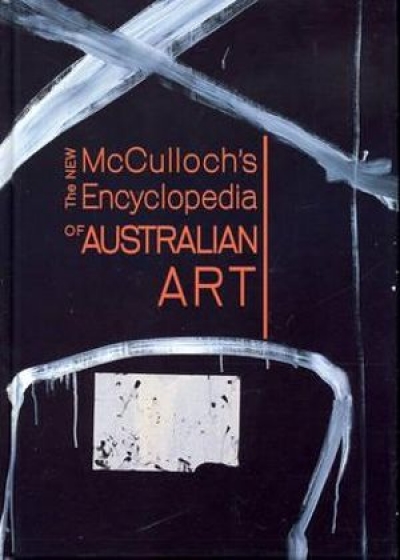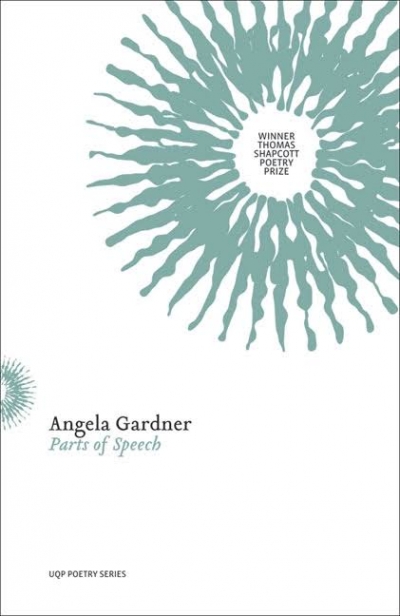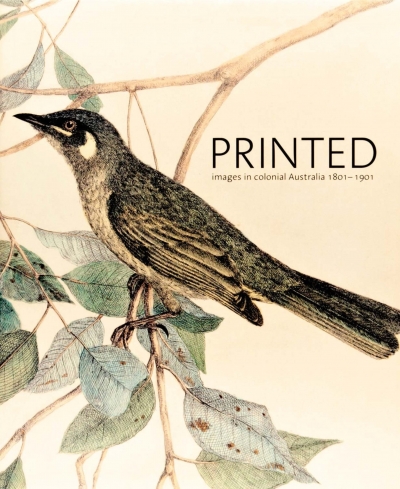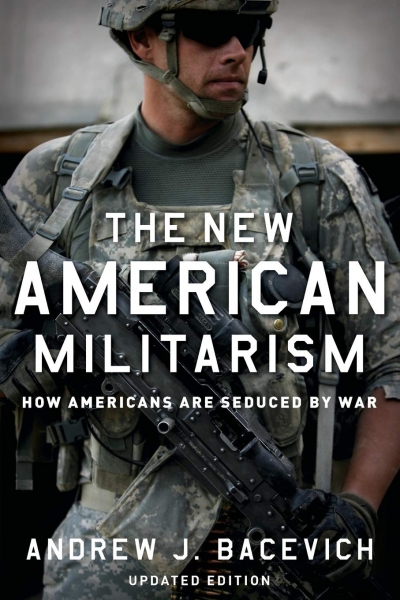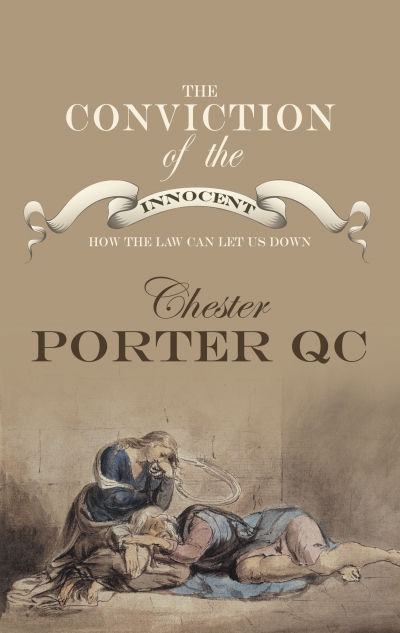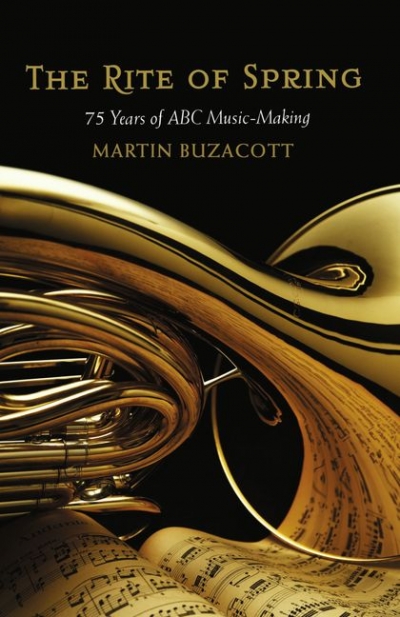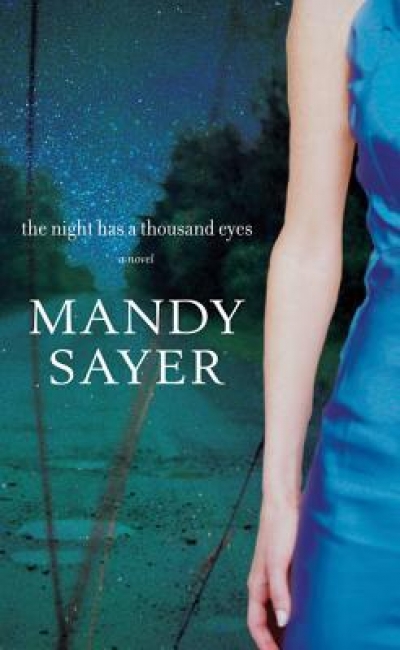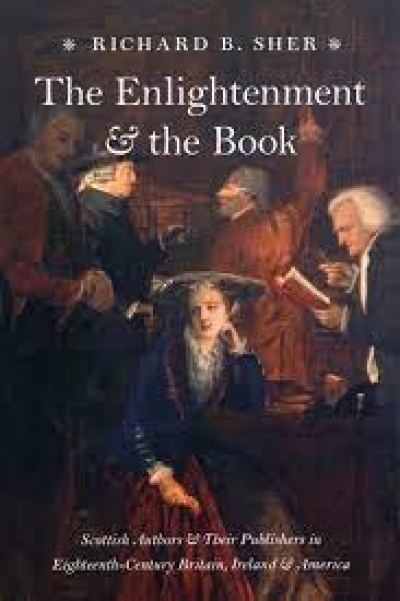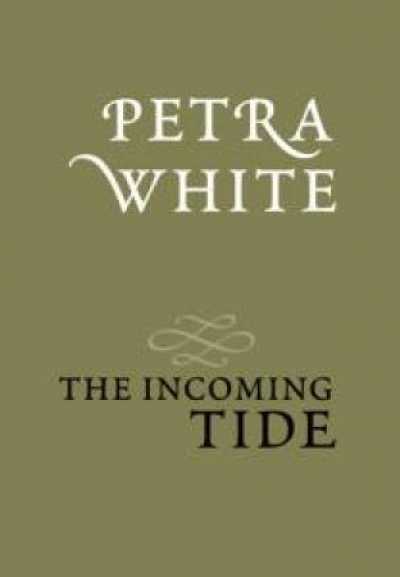Archive
The New McCulloch's Encyclopedia of Australian Art by Alan McCulloch, Susan McCulloch and Emily McCulloch Childs
by Susan Lowish •
Printed Images in Colonial Australia 1801-1901 edited by Roger Butler & Printed Images by Australian Artists 1885-1955 edited by Roger Butler
by John McPhee •
Antipodes, vol. 21, no. 1, 2007 edited by Nicholas Birns & Southerly, vol. 67, no. 1-2, 2007 edited by David Brooks and Noel Rowe
by Ian Templeman •
The New American Militarism by Andrew J. Bacevich & Unintended Consequences by Kenneth J. Hagan and Ian J. Bickerton
by Richard Broinowski •
The Conviction of the Innocent: How the law can let us down by Chester Porter
by Philip Selth •
The Rite of Spring: 75 Years of ABC music-making by Martin Buzacott
by Robert Gibson •
The Enlightenment and the Book: Scottish authors and their publishers in eighteenth-century Britain, Ireland and America by Richard B. Sher
by Graham Tulloch •

